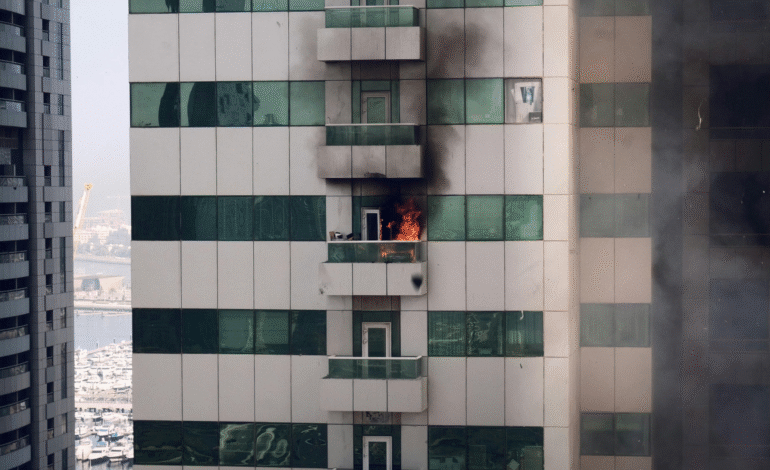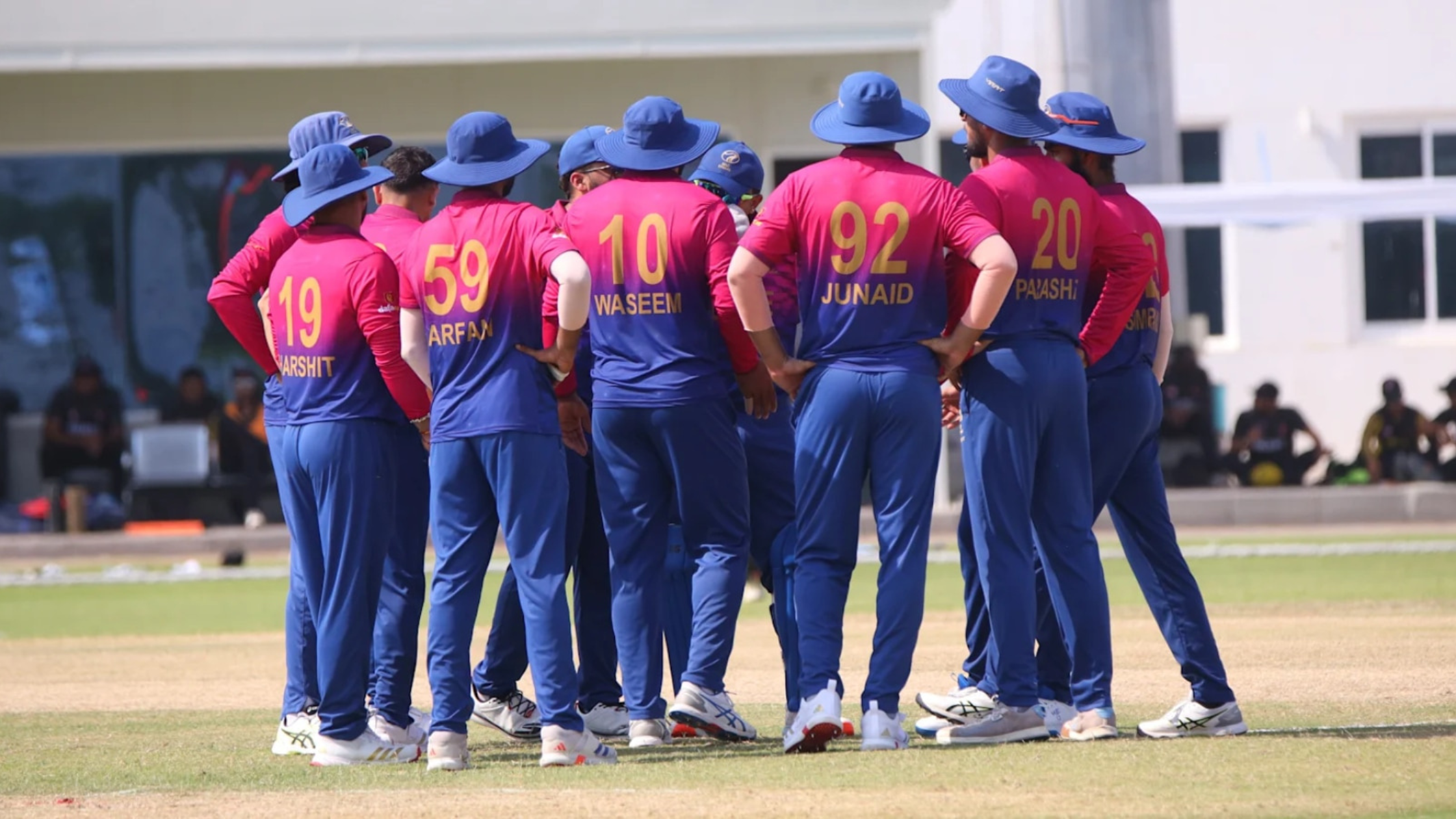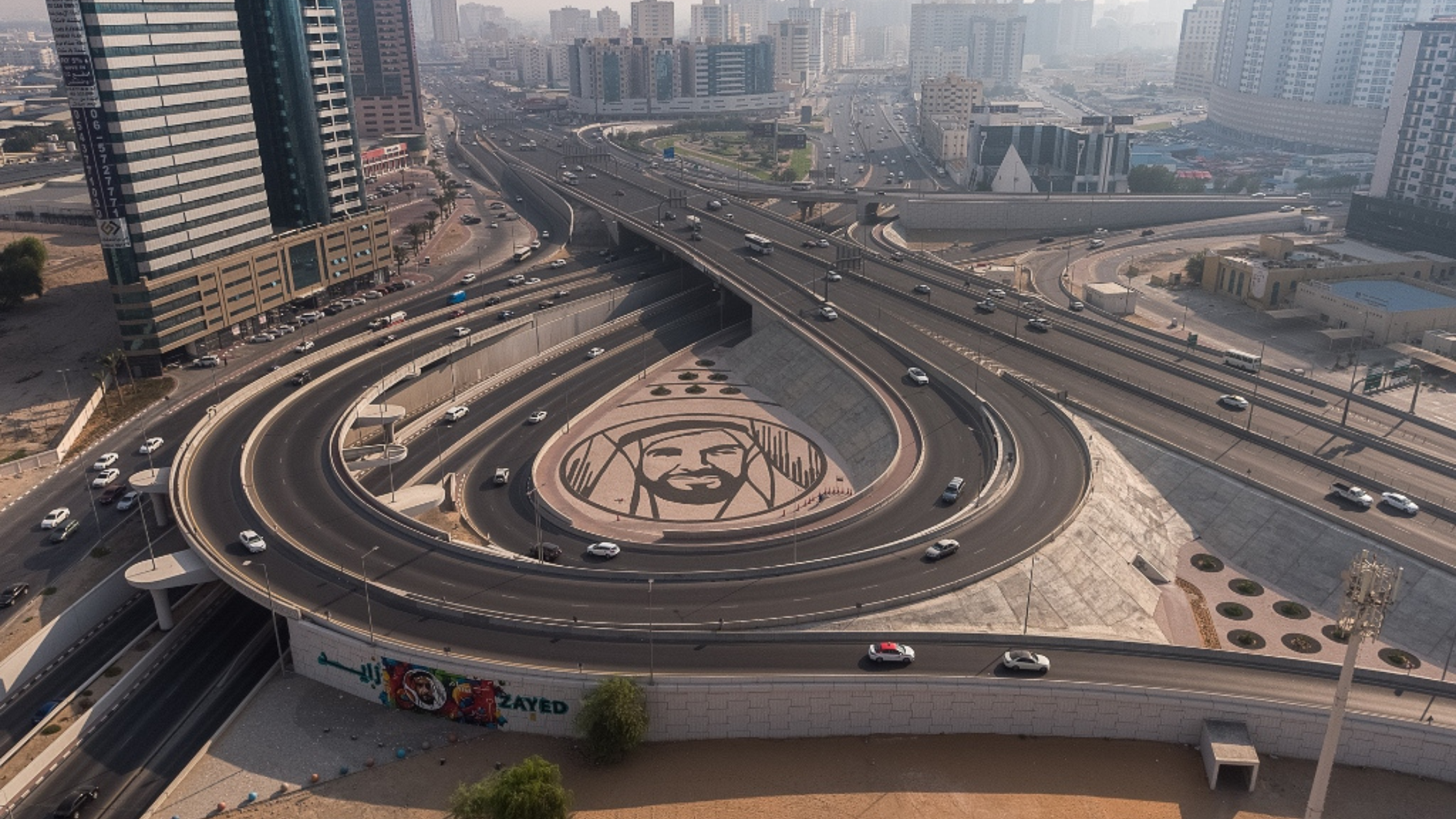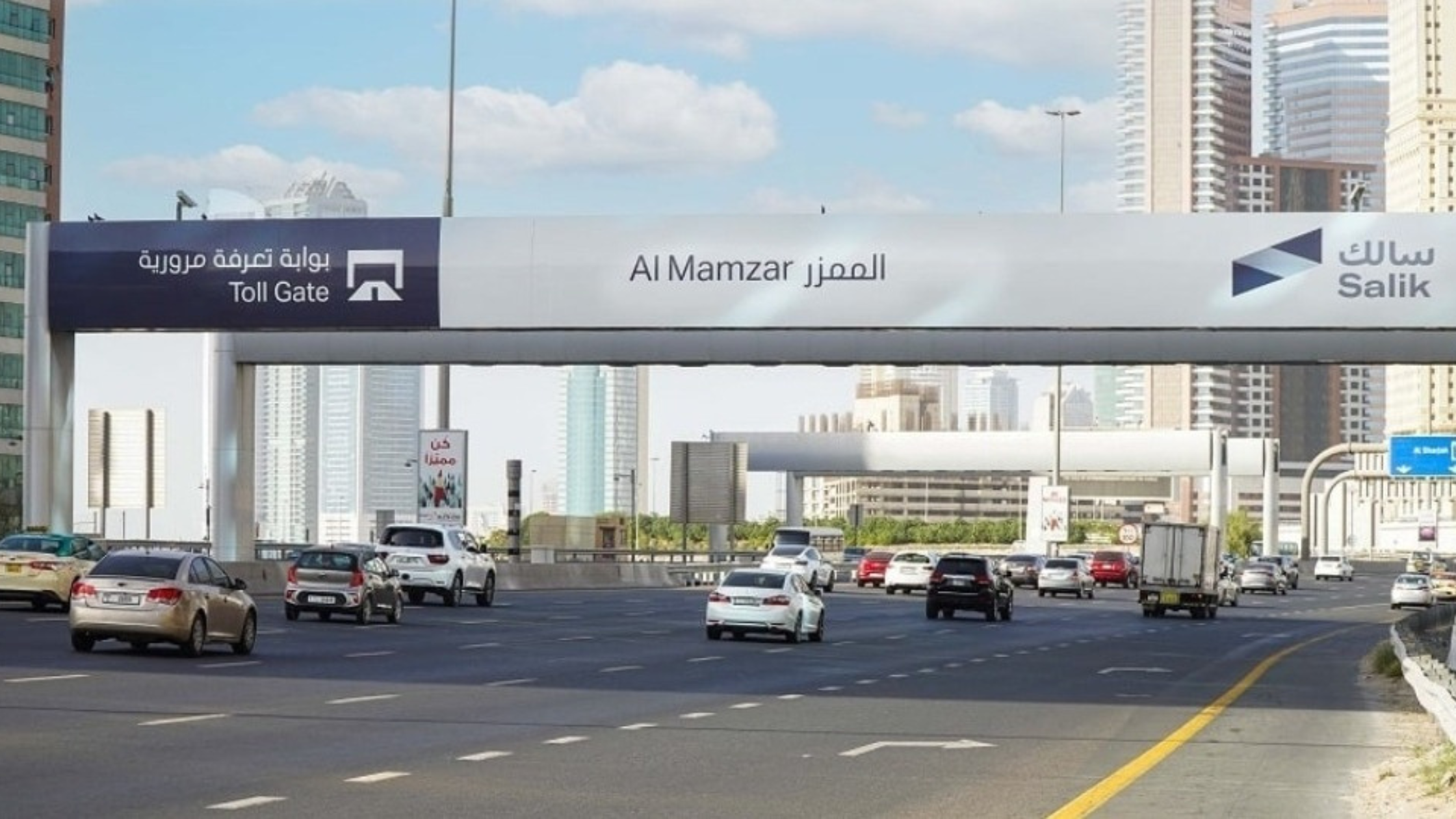Russia Fires 400 Missiles on Ukraine Amid Global Ceasefire Pressure

In a dramatic escalation of hostilities, Russia launched a massive wave of air strikes across Ukraine on July 19, deploying nearly 400 drones and missiles. Ukrainian cities, including the strategic Black Sea port of Odesa, bore the brunt of the assault, leaving at least one civilian dead and several others injured. The attack marked one of the most significant aerial offensives in recent months, sending a strong signal that Russia has no intention of de-escalating its nearly 41-month-old war on Ukraine.
As ceasefire negotiations continue to falter, frustration is mounting globally especially within the United States, where President Donald Trump has drawn a red line. The White House has now set a September 2 deadline for Russian President Vladimir Putin to agree to halt the conflict. Despite high-level diplomatic engagement, including multiple calls and meetings between US and Russian officials, the relentless bombardment from the Kremlin continues unabated.
This development is not only critical to Europe’s security but holds significant geopolitical implications for the Middle East and the UAE, both of which monitor the Russia-Ukraine war closely due to its global economic impact, energy security challenges, and evolving diplomatic alignments.
Strategic City of Odesa Targeted by Heavy Strikes
Among the hardest-hit cities was Odesa, a vital port city located along the Black Sea. Known for its economic and strategic importance, Odesa became a focal point of Russia’s aerial barrage. A nine-story apartment building was struck directly by a Russian missile, killing a woman and injuring at least six others, including a child, according to Ukrainian President Volodymyr Zelenskiy.
Odesa has long been viewed as a key logistical hub not only for Ukraine’s economy but also for international grain exports, particularly to regions like Africa and the Middle East. With its ports frequently targeted, the ripple effect has been global affecting food security, international shipping routes, and the broader humanitarian situation.
In the UAE, where food security has become a national priority and diversification of imports is ongoing, disruptions in Ukrainian grain shipments due to attacks on ports like Odesa create long-term supply chain uncertainties.
Dnipropetrovsk and Beyond: Nationwide Attacks Spread Fear
The Dnipropetrovsk region, particularly the city of Pavlohrad, also came under heavy fire. According to Serhiy Lysak, the head of the regional military administration, critical infrastructure was damaged, although no immediate casualties were reported. This widespread assault on civilian areas and urban infrastructure reflects a persistent Russian strategy to wear down Ukrainian morale and capabilities by targeting not only front-line positions but also rear cities and non-military infrastructure.
Ukraine’s military confirmed that nearly 380 drones, cruise missiles, and ballistic weapons were fired across nearly a dozen towns and cities. The air raids, executed within a few hours, were meant to overwhelm Ukraine’s air defense systems and maximize destruction a tactic Russia has deployed repeatedly with increasing sophistication.
For observers in the UAE and Middle East, the intensification of urban warfare raises alarms about regional and global stability. As oil prices, investor confidence, and international security dynamics are all influenced by this conflict, the effects are felt far beyond Eastern Europe.
Ceasefire Collapse: Trump’s September 2 Deadline for Putin
Despite high-level diplomatic outreach between the United States and Russia, hopes for a ceasefire have dimmed. President Donald Trump, who made resolving the Ukraine conflict a cornerstone of his foreign policy since taking office in January, has reportedly grown frustrated with the lack of progress. After six phone conversations with Putin and three rounds of trilateral talks involving the US, Russia, and Ukraine, the violence continues to escalate.
This prompted a significant shift: the Trump administration has now set a hard deadline of September 2 for Putin to cease military operations. The bold move signals that the US is losing patience and may take more drastic diplomatic or economic steps if hostilities persist.
This firm stance could reshape alliances and strategies globally, including in the Middle East, where countries like the UAE maintain balanced diplomatic ties with both Russia and Western nations. The evolving U.S.-Russia dynamic will be watched closely in capitals like Abu Dhabi and Riyadh, particularly as new multilateral alignments emerge in a multipolar world.
Russia’s Battlefield Strategy: Grinding Advances with High Costs
While the aerial strikes dominate headlines, developments on the ground continue to show Russia making incremental gains. In the northeastern sector near the city of Pokrovsk, Russian forces have achieved a localized breakthrough, triggering fears of encirclement.
Pokrovsk has been a contested frontline city for months, and its fall could provide Russia with a symbolic and tactical victory. However, Ukrainian defense forces are reportedly holding key positions, despite sustaining constant pressure.
The Russian advance has been described by military analysts as slow, costly, and measured in meters, indicating how fierce the resistance remains. Urban battles, trench warfare, and drone surveillance are all shaping this modern conflict offering a grim preview of what future wars could look like globally.
This is a key lesson for the Middle East defense community, where military modernization programs, drone countermeasures, and digital surveillance systems are top priorities. As Russia deploys hybrid warfare tactics, regional militaries are watching closely and adapting accordingly.
Civilian Impact and Humanitarian Crisis Deepens
Beyond the military and political implications, the most profound tragedy lies in the civilian suffering. The strikes on residential areas, especially in Odesa and Pavlohrad, underscore a broader Russian strategy to inflict psychological damage and disrupt daily life. Schools, homes, hospitals, and energy grids have all been targeted in recent months.
According to local Ukrainian authorities, millions remain displaced, and over 10,000 civilians have been killed or injured since the war began. The cumulative effect has been to erode public confidence, disrupt education and healthcare systems, and deepen the humanitarian crisis.
For countries like the UAE active in humanitarian diplomacy and aid distribution the crisis in Ukraine represents an ongoing commitment. UAE-led humanitarian corridors, medical aid, and refugee assistance have been important diplomatic gestures, reinforcing the country’s role as a responsible global actor.
UAE and Middle East Relevance: Watching a War with Global Ripples
The conflict in Ukraine, though geographically distant, has profound strategic and economic significance for the UAE and wider Middle East. Several sectors feel the impact:
Energy Security: With Europe cutting dependence on Russian oil, Gulf nations are emerging as alternate suppliers.
Defense Technology: The use of drones and missiles in Ukraine influences procurement and R&D strategies in the region.
Diplomatic Posturing: Countries like the UAE play delicate balancing roles, maintaining relations with both Russia and Western allies.
As the war drags on, the UAE is increasingly seen as a diplomatic hub where dialogue between divergent global players can take place. Initiatives such as Abu Dhabi Dialogue, COP28’s global engagement on peace and climate, and the UAE’s position on humanitarian support all amplify its soft power in times of conflict.
Global Patience Wears Thin as Russia Pushes Forward
July 19’s missile and drone blitz across Ukraine sends a chilling message: Russia is not backing down. Despite U.S. deadlines, global pressure, and ongoing negotiations, the Kremlin seems committed to a strategy of sustained pressure and incremental military gains.
The upcoming September 2 deadline set by President Trump is now a defining moment in this crisis. Whether it leads to renewed negotiations or a widening of the conflict remains to be seen. For now, Ukraine remains under siege, and the international community including influential regions like the UAE and Middle East must navigate the shifting sands of diplomacy, defense, and humanitarian response.








1 Comment
[…] a stark escalation of the ongoing conflict, Russia unleashed a massive aerial attack on Ukraine overnight from July 19 to July 20, 2025, deploying […]
Comments are closed.